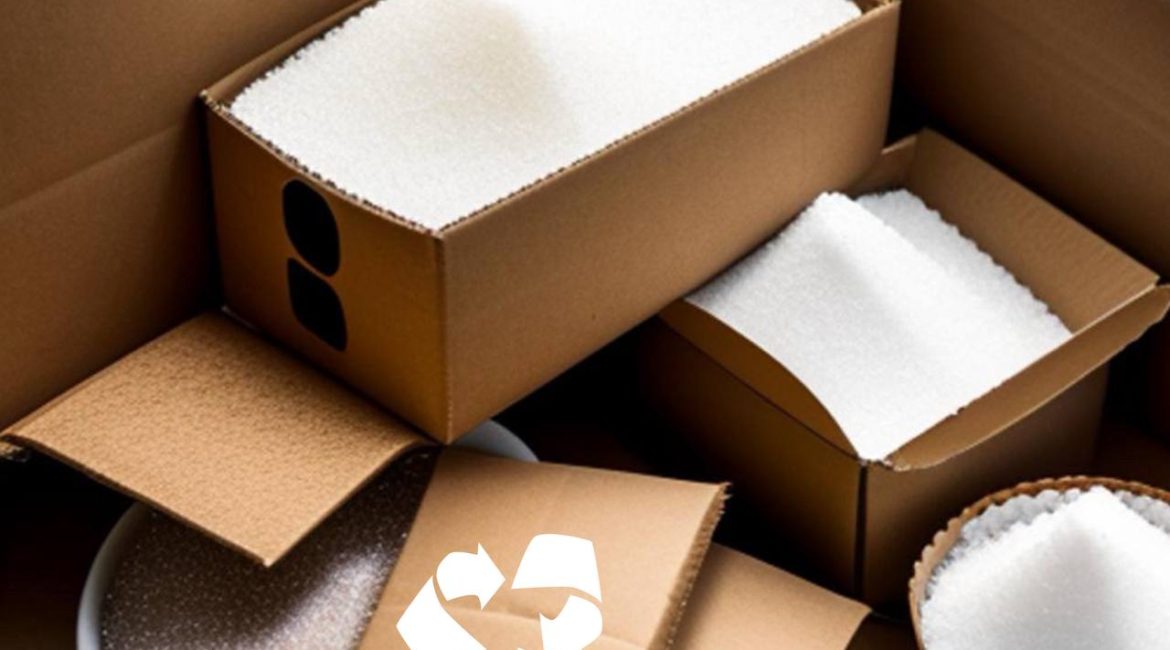Waste paper is a mounting global problem. Every year, millions of tons of waste paper end up in landfills, taking up valuable space and releasing harmful greenhouse gases as they decompose. But what if there was a more sustainable way to deal with this waste?
Several types of fungi are adept at decomposing paper. One of the main players is Trichoderma reesei, a common fungus known for its potent cellulase enzymes. These enzymes break down cellulose into fermentable sugars, which can then be used for bioethanol production or other bio-based products. Other fungi, such as oyster mushrooms and Aspergillus niger, also play a crucial role in the process by degrading lignin and other components of paper.
The Process:
The fungal treatment of waste paper is a relatively simple process. First, the paper is shredded or pulped to increase the surface area for fungal access. Then, the chosen fungal strains are introduced to the paper waste. The fungi then secrete their enzymes, which begin to break down the cellulose and lignin. The entire process can take anywhere from a few days to several weeks, depending on the type of fungi used and the conditions of the treatment.
The Benefits:
There are numerous benefits to using fungi to decompose paper waste. First, it is a much faster and more efficient process than traditional composting methods. Second, it is a sustainable approach that reduces reliance on landfills and minimizes greenhouse gas emissions. Third, the process creates valuable byproducts, such as sugars and lignin-derived chemicals, which can be used in various applications.
The Future:
While still in its early stages, the use of fungi to decompose paper waste has the potential to revolutionize the way we manage this common waste stream. As research continues and the technology is scaled up, we can expect to see this innovative approach become increasingly widespread. By harnessing the power of fungi, we can turn paper waste from a problem into a valuable resource, creating a more sustainable future for our planet.

